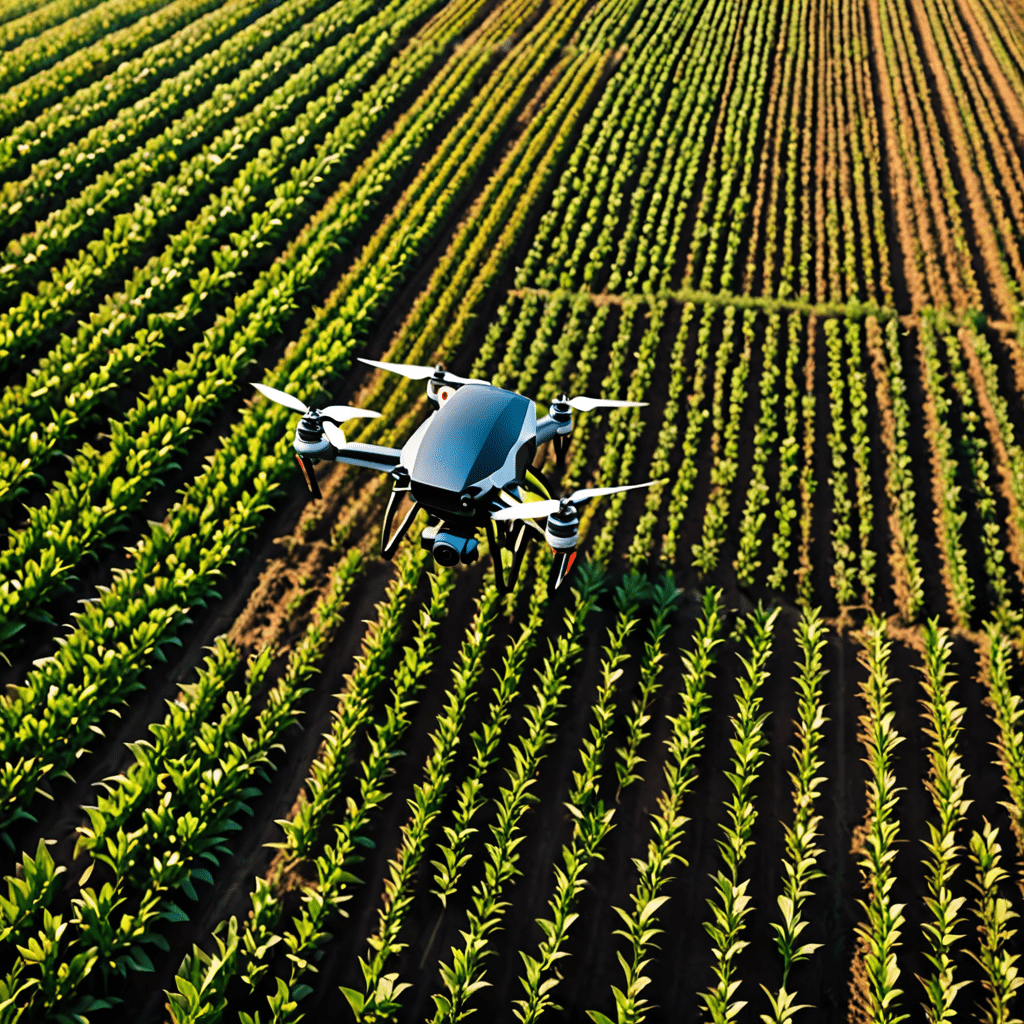
Wearable Tech and Machine Learning
The Intersection of Wearable Technology and Machine Learning
Wearable technology, such as smartwatches and fitness trackers, has significantly evolved over the years. When combined with machine learning algorithms, these devices can offer predictive analytics and valuable insights into various aspects of our lives.
Understanding Predictive Analytics in Wearable Tech
Predictive analytics involves using historical data, machine learning, and statistical algorithms to predict future outcomes. In the context of wearable tech, these predictions can include health metrics, fitness goals, and even behavior patterns.
The Role of Machine Learning in Wearable Tech
Machine learning enables wearable devices to analyze and interpret data in real-time, thereby providing users with insights and personalized recommendations. This includes health monitoring, sleep patterns, and physical activities, among other variables.
Applications and Benefits of Predictive Analytics
Wearable tech empowered by machine learning can be used for proactive health monitoring, early detection of potential health issues, personalized fitness plans, and behavior modification. These technologies have the potential to revolutionize preventive healthcare.
Challenges and Considerations in Wearable Tech Development
While predictive analytics in wearable tech holds great promise, there are challenges related to data privacy, accuracy of predictions, and user adherence. Balancing technological advancements with ethical considerations is crucial for the responsible development of these devices.
The Future of Wearable Tech and Predictive Analytics
As machine learning and wearable technology continue to advance, the integration of predictive analytics will further enhance the capabilities of these devices. This evolution has the potential to transform how individuals manage their health and well-being.
Conclusion
Wearable tech, powered by machine learning and predictive analytics, is poised to revolutionize how individuals monitor their health and fitness. The insights and recommendations derived from these technologies can empower users to make informed decisions and lead healthier lives.
Wearable Tech and Machine Learning: Predictive Analytics and Insights
What is wearable tech and machine learning in the context of predictive analytics?
Wearable tech refers to electronic devices that can be worn as accessories or imbedded in clothing. These devices, often equipped with sensors, collect data from the user’s activities. Machine learning, a subset of artificial intelligence, uses algorithms to analyze this data, identifying patterns and making predictions. In the context of predictive analytics, wearable tech and machine learning work together to generate insights and forecasts based on the user’s biometric and activity data.
How does wearable tech utilize machine learning for predictive analytics?
Wearable tech collects a wide range of data, including heart rate, sleep patterns, physical activity, and more. Machine learning algorithms process this data, recognizing correlations and patterns to predict future behaviors or health outcomes. By continuously learning from new data inputs, machine learning improves its predictive accuracy over time, providing valuable insights for the user.
What are the potential benefits of integrating wearable tech, machine learning, and predictive analytics?
Integrating wearable tech, machine learning, and predictive analytics can offer numerous benefits. It can provide personalized health and fitness recommendations, early detection of health issues, and insights into daily habits and trends. Furthermore, it can empower individuals to make informed decisions about their lifestyle, ultimately contributing to overall well-being and preventative healthcare.


